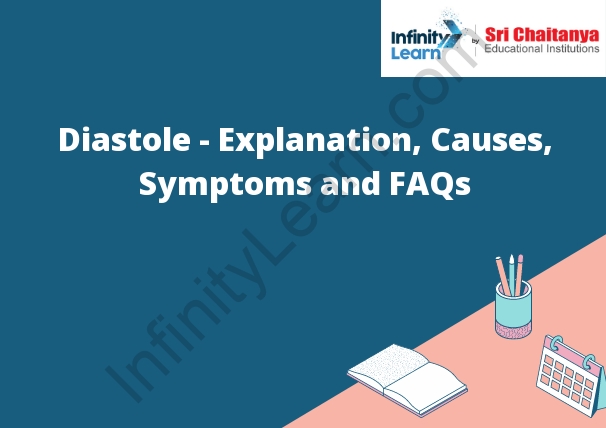Table of Contents
What is a Diastole?
A diastole is the stage of the cardiac cycle during which the heart relaxes and blood flows into the ventricles.

Definition of Diastole and Systole
The cardiac cycle is the sequence of events that occur as the heart contracts and relaxes. The cardiac cycle is divided into two phases: diastole and systole.
In diastole, the heart relaxes and the ventricles fill with blood. In systole, the heart contracts and the blood is pushed out of the ventricles.
Ventricular Diastolic Dysfunction
In ventricular diastolic dysfunction, the ventricles do not relax and fill with blood as they should during diastole. This can cause the ventricles to become stiff and unable to pump blood effectively. As a result, the heart may not be able to supply the body with enough oxygen-rich blood. Ventricular diastolic dysfunction can cause shortness of breath, fatigue, and other symptoms.
Causes and Effects of Diastolic Heart Failure
The most common type of heart failure is diastolic heart failure. This is when the heart muscle is too weak to pump blood efficiently. This can be caused by a number of things, including coronary artery disease, high blood pressure, and diabetes.
The most common symptoms of diastolic heart failure are shortness of breath, fatigue, and fluid retention.
If left untreated, diastolic heart failure can lead to a number of serious health problems, including arrhythmias, heart attack, and stroke.
Symptoms of Diastolic Heart Failure
Symptoms of diastolic heart failure may include shortness of breath, fatigue, and fluid retention. These symptoms are often worse when the person is active or when they are lying down.
Heart failure is a condition in which the heart can’t pump enough blood to meet the body’s needs. There are two types of heart failure: systolic and diastolic. Systolic heart failure occurs when the heart muscle can’t pump blood out of the heart as well as it should. Diastolic heart failure occurs when the heart can’t relax and fill with blood as it should.
Symptoms of diastolic heart failure include shortness of breath, fatigue, and fluid retention. Shortness of breath is the most common symptom and is often worse when lying down. Fatigue is also common and can make everyday activities difficult. Fluid retention can cause swelling in the legs, ankles, and feet.
If you experience any of these symptoms, see your doctor. Treatment for diastolic heart failure includes lifestyle changes, medications, and sometimes surgery. Lifestyle changes may include quitting smoking, eating a healthy diet, and exercising regularly. Medications may include diuretics, beta blockers, and ACE inhibitors. Surgery may be necessary if the heart muscle has been severely damaged.
If you have heart failure, it’s important to stick to your treatment plan and follow your doctor’s instructions. With treatment, most people with diastolic heart failure can lead a normal, healthy life.







